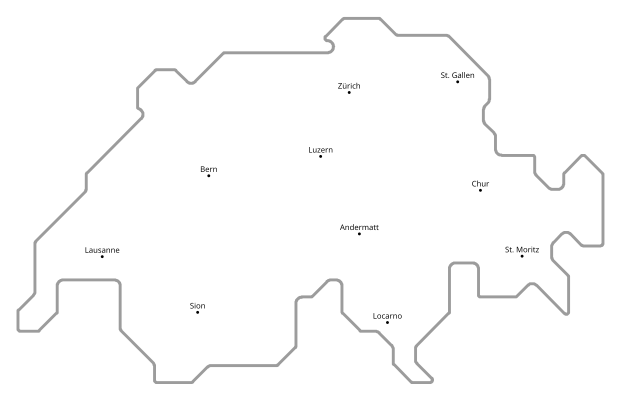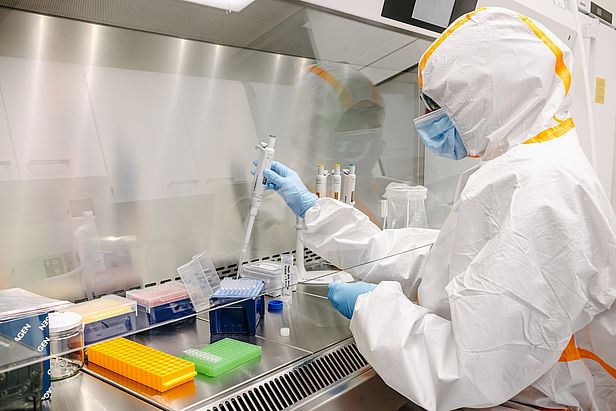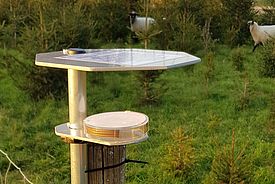Genetic material is everywhere - in soil, air, water. By analysing this so-called environmental DNA, researchers can find out, for example, which organisms occur in a given habitat.
How do you find rare fish in the ocean? Or tiny mushrooms in a meadow? Nocturnal amphibians in an overgrown pond? For a long time, there was only one answer: by tedious, time-consuming and personnel-intensive searches in the field, often requiring expensive equipment and, hopefully, a portion of luck.
Analysing genetic material from environmental samples
Now there is another, often less costly or more promising method: Examining the genetic material, the so-called environmental or eDNA, in environmental samples from the habitat under study. That is possible because genetic material is everywhere: in the air, the water, the soil. Animals, for example, lose it with their saliva, hair, feathers or faeces, fungi release it in their spores or flowers in their pollen. When a fish or newt swims through water, it leaves behind traces of DNA invisible to the eye. However, researchers can multiply these traces, analyse them and determine which species they come from. In recent years, investigations of this kind have been increasingly refined and used more frequently.
WSL's eDNA laboratory is specially equipped for such investigations. There the researchers prepare their environmental samples by extracting the genetic material within them and processing it under sterile conditions so that it can be amplified. The preparation of the samples must be carried out under special measures so that the genetic material analysed really is the DNA from the sample, not genetic material from the lab air or other contaminations.
High standards of cleanliness
That is why special clean room standards apply in our eDNA lab. For example, the air is cleaned with fine particle filters. To ensure that no "dirty" air gets in even when a door is opened, there is always a slight overpressure in the eDNA lab. The researchers enter the lab rooms through a lock, where they put on protective clothing and change their shoes. The changing area also serves as storage for laboratory material. This material is sterilised before it enters the laboratory.
Work is carried out under a so-called sterile bench, which discharges air to the outside. This serves as well to protect the researchers from the chemicals they work with as to reduce the risk of contamination. The workplace is thoroughly cleaned after each use, so that any genetic material present is destroyed and the risk of contamination for further studies is minimised.
Red List of Fungi
The laboratory, which is scheduled to open in spring 2023, will be used, for example, for the revision of the Red List of Fungi in Switzerland. For this purpose, the researchers will collect fungal spores from the air using spore traps distributed all over Switzerland. In the eDNA laboratory, they prepare these environmental samples and extract the genetic material from the spores. In further steps, the DNA is amplified and decoded. Then the researchers can use the genetic sequences to determine which species or species groups of fungi grow in the vicinity ofnear the spore trap - without having found to find these fungi themselves in the fieldoutdoors.


